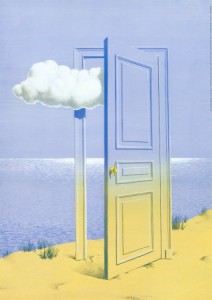Introducing the text with the question “Can we really retreat into self-contained boxes without losing something of the essence of being human?”, the author leads us to reflect on the use of open spaces in contemporary life, thus how climate influences the use of these spaces and interpersonal relationships.
Humankind cannot establish good relationship with environment if there is no shelter to protect its inhabitants from climatic agents. Furthermore, if the available shelter is insecure or not comfortable enough to overcome these elements, humans detract from the earth what interests and move forward to other lands due to a lack of strong connection with the site.
In an attempt to establish these connections, modern man have increasingly invested in air conditioning – heating or cooling the ambient inside their homes – and leaving aside the external areas. This culture has been established in contemporary houses: garden separated by glass walls as a space for contemplation or separation between the neighboring houses, not for everyday uses as an extension of the house.
Ancient Romans used their gardens as part of the house, not distinguishing materials applied in or outside the house. They used to create elements such as walls to give privacy to the resident, protection from whether elements, or even as pure decorative purposes.
The passage makes us reflect on how we design outdoor spaces so they are actually used as an extension of the house, and not area for contemplation only. We shall add elements such as walls, pergolas and benches to the area to make it more comfortable for users, making them feel part of the environment regardless of climate elements.
However, the use of these areas, its integration with the environment and with the rest of the house, and finally the elements used in the project rely on geographic location. The same designing concepts cannot be applied to projects in hostile climate countries and mild climate countries; adaptations must be done, case by case.
Possible personal work:
The revitalization of empty spaces in metropolis based on the flow of the city to transform these voids into locals with life, adding economic and social interests.

